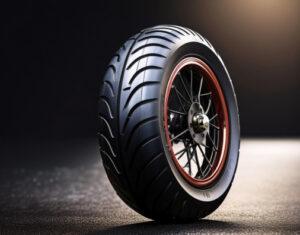Guidelines
all season tyres, Bike rides, Bike rides India, choosing the right tyres, know your tyre, off-road tyres, performance tyres, road trips, road trips India, summer tyres, tyre age, tyre construction, tyre deapth, tyre load index, tyre specification, tyre speed rating, winter tyres
Kapil Sharma
Know Your Tyre: Understanding Tyre Specifications
A Comprehensive Guide
Tyres are a crucial component of any vehicle, directly impacting safety, performance, and comfort. Knowing your tyres and understanding tyre specifications like speed rating, tyre size and load index, etc, can help you make informed decisions about the tyres you choose for your vehicle and ensure you maintain them effectively.

The Basics of Tyre Markings
Tyre markings provide essential information about the tyre’s properties and capabilities. These markings are usually found on the tyre’s sidewall and include details such as width, aspect ratio, diameter, load index, and speed rating. Let’s break down these components:
1. Tyre Size
The size of a tyre is usually represented in a format like “205/55 R16 91V”. Each number and letter in this sequence has a specific meaning:
- 205: This is the tyre’s width in millimetres from sidewall to sidewall.
- 55: This is the aspect ratio, representing the height of the sidewall as a percentage of the tyre’s width. In this example, the sidewall height is 55% of 205 mm.
- R: This stands for radial construction, which is the most common type of tyre construction today.
- 16: This is the diameter of the wheel rim in inches that the tyre is designed to fit.
- 91: This is the load index, indicating the maximum load the tyre can carry when properly inflated.
- V: This is the speed rating, denoting the maximum speed the tyre can safely sustain.
2. Load Index
The load index is a numerical value that indicates the maximum load a tyre can support. For example, a tyre with a load index of 91 can carry a maximum load of 615 kg. It is essential to choose tyres with a load index that meets or exceeds the weight requirements of your vehicle.
3. Speed Rating
The speed rating is denoted by a letter and reflects the maximum speed at which the tyre can safely operate. Common speed ratings include:
- T: Maximum speed of 118 mph (190 km/h)
- H: Maximum speed of 130 mph (210 km/h)
- V: Maximum speed of 149 mph (240 km/h)
- W: Maximum speed of 168 mph (270 km/h)
- Y: Maximum speed of 186 mph (300 km/h)
Choosing the right speed rating ensures that the tyres can handle the speeds you typically drive at without compromising safety.
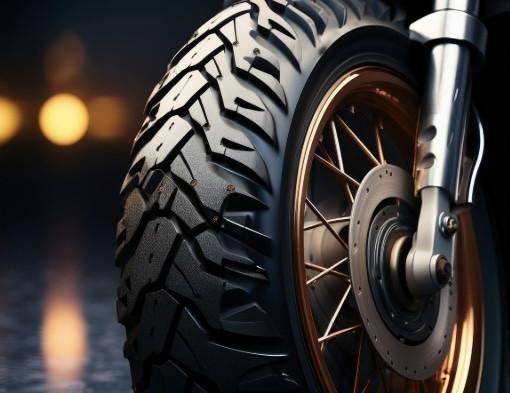
Additional Tyre Information
1. Tyre Construction
Modern tyres are typically radial, denoted by the letter “R” in the tyre size. Radial construction involves layers of fabric with cords running at right angles to the circumference of the tyre, providing flexibility and strength.
2. Tyre Pressure
Maintaining proper tyre pressure is crucial for safety and tyre longevity. The recommended tyre pressure can be found in the vehicle’s owner manual or on a sticker inside the driver’s door. Regularly check and adjust the pressure to ensure optimal performance and fuel efficiency.
3. Tread Depth
Tread depth is a vital factor in determining a tyre’s grip and traction. The legal minimum tread depth in many regions is 1.6 mm, but it is advisable to replace tyres before they reach this limit to maintain safety, especially in wet conditions.
4. Tyre Age
Tyres degrade over time, even if they appear in good condition. The tyre’s age can be determined by the DOT code, which includes a four-digit number representing the week and year of manufacture. For example, “1219” indicates the tyre was made in the 12th week of 2019. It is recommended to replace tyres every six to ten years, regardless of tread depth.
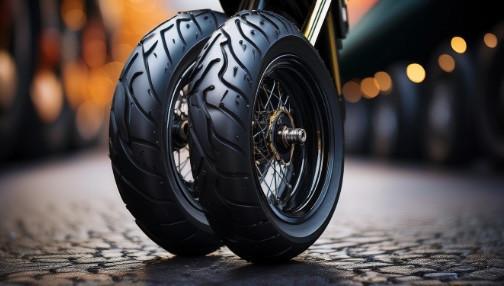
Types of Tyres
1. Summer Tyres
Designed for optimal performance in warm conditions, summer tyres offer excellent grip and handling on dry and wet roads. However, they are not suitable for cold temperatures or snowy conditions.
2. Winter Tyres
Winter tyres are designed with special tread patterns and rubber compounds to provide better traction in cold, snowy, and icy conditions. They remain flexible at low temperatures, ensuring better grip and safety in winter weather.
3. All-Season Tyres
All-season tyres offer a compromise between summer and winter tyres, providing reasonable performance in a variety of conditions. They are suitable for regions with mild weather but may not perform as well as dedicated summer or winter tyres in extreme conditions.
4. Performance Tyres
Performance tyres are designed for high-speed handling and better cornering capabilities. They typically have a higher speed rating and are used on sports cars and high-performance vehicles.
5. Off-Road Tyres
Off-road tyres are built for rugged terrain, providing superior grip and durability on unpaved surfaces. They are characterized by deeper treads and more robust construction, ideal for vehicles driven in off-road environments.
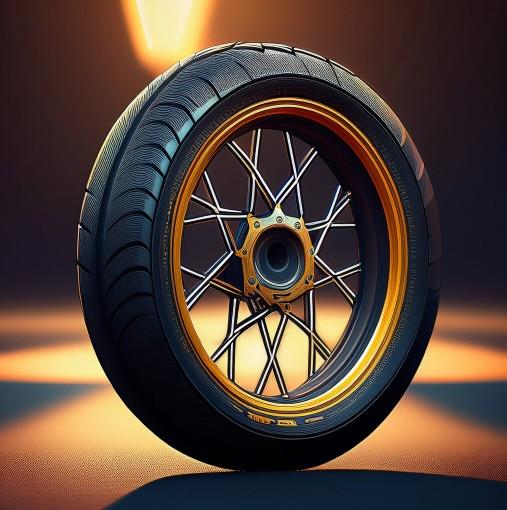
Choosing the Right Tyres
Selecting the right tyres involves considering the driving conditions, vehicle type, and personal preferences. Here are some key factors to consider:
1. Climate
Choose tyres that are suited to the weather conditions in your region. If you experience extreme winter conditions, winter tyres are a must. For moderate climates, all-season tyres may suffice.
2. Driving Habits
Consider how and where you drive. If you frequently drive on highways at high speeds, performance tyres might be suitable. For city driving with occasional off-road trips, all-terrain tyres could be the best choice.
3. Vehicle Specifications
Refer to the vehicle manufacturer’s recommendations to know your tyre size, load index, and speed rating. Using the correct specifications ensures compatibility and optimal performance.
4. Budget
Tyres come in various price ranges. While it may be tempting to opt for the cheapest option, investing in quality tyres can save money in the long run by offering better performance and durability.
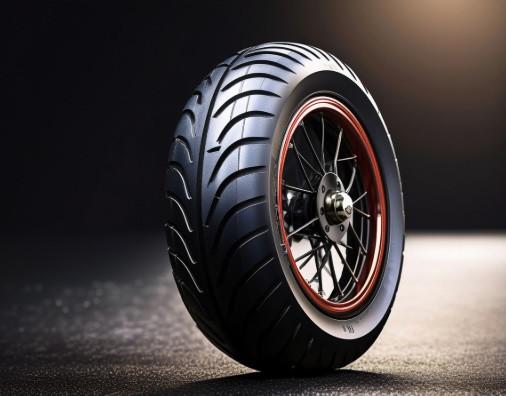
Tyre Maintenance Tips
1. Regular Inspection
Regularly inspect tyres for signs of wear, damage, and proper inflation. Look for any cuts, punctures, or bulges that could indicate issues.
2. Rotate Tyres
Rotating tyres every 5,000 to 8,000 miles helps ensure even wear, extending the lifespan of the tyres.
3. Balance and Align
Regularly check the tyre balance and wheel alignment. Proper alignment prevents uneven wear and improves handling.
4. Clean Tyres
Keep tyres clean from debris, oil, and chemicals that can degrade the rubber. Use mild soap and water to clean the tyre surface.
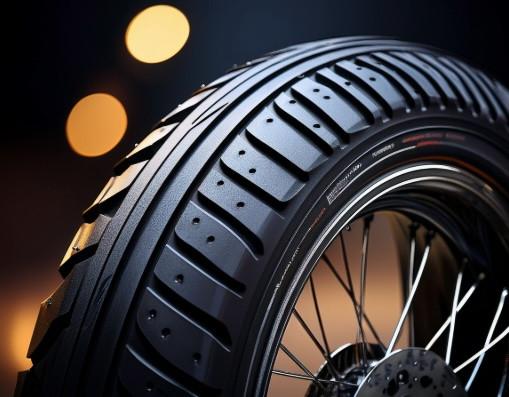
Conclusion
Knowing your tyre and understanding tyre specifications and maintenance is crucial for safe and efficient driving. By choosing the right tyres and keeping them in good condition, you can enhance your vehicle’s performance, safety, and longevity. Regularly check tyre markings, pressure, tread depth, and age, and choose tyres that suit your driving needs and conditions. With proper care, your tyres will provide a reliable and safe driving experience.



